By William E. Welsh
The garrison soldiers of Beziers gazed down from the ramparts at the Crusader army setting up camp outside their high-walled city on July 21, 1209. Situated directly across the Orb River on the south side of the bridge leading to the city’s main gate was a group of impoverished mercenaries armed mainly with cudgels and shovels. Beyond them were the knights of the Crusader army, whose attendants were pitching their tents on the river plain. With the knights were companies of professional soldiers, such as crossbowmen, sappers, and artillerymen, who were well trained and well paid.
The 3,500 garrison troops serving Raymond-Roger Trencavel, the Viscount of Beziers and Carcassonne, were not worried about their ability to withstand a siege for they had stockpiled supplies and strengthened their defenses. But the shoeless, lightly armed rabble nearest their great city annoyed garrison commanders and burghers alike.
The soldiers on the ramparts had engaged in a series of insults and challenges with the rabble below. When a drunk mercenary strolled onto the bridge and taunted them, an armed group sallied forth from the main gate. Armed with swords and bows, the defenders charged down the steep hill from their fortified city toward the long bridge over the Orb. They continued through the tenements of the Faubourg slum that lay between the escarpment where the city was situated and the bridge.
“They went waving their coarse white linen banners, shouting at the tops of their voices, and thinking to scare the enemy as one might scare birds in a wheatfield,” wrote chronicler William of Tudela. They fired a shower of arrows at the mercenaries. Rushing onto the bridge, they grabbed the boisterous mercenary and stabbed him to death. Afterward, they threw his body into the river.
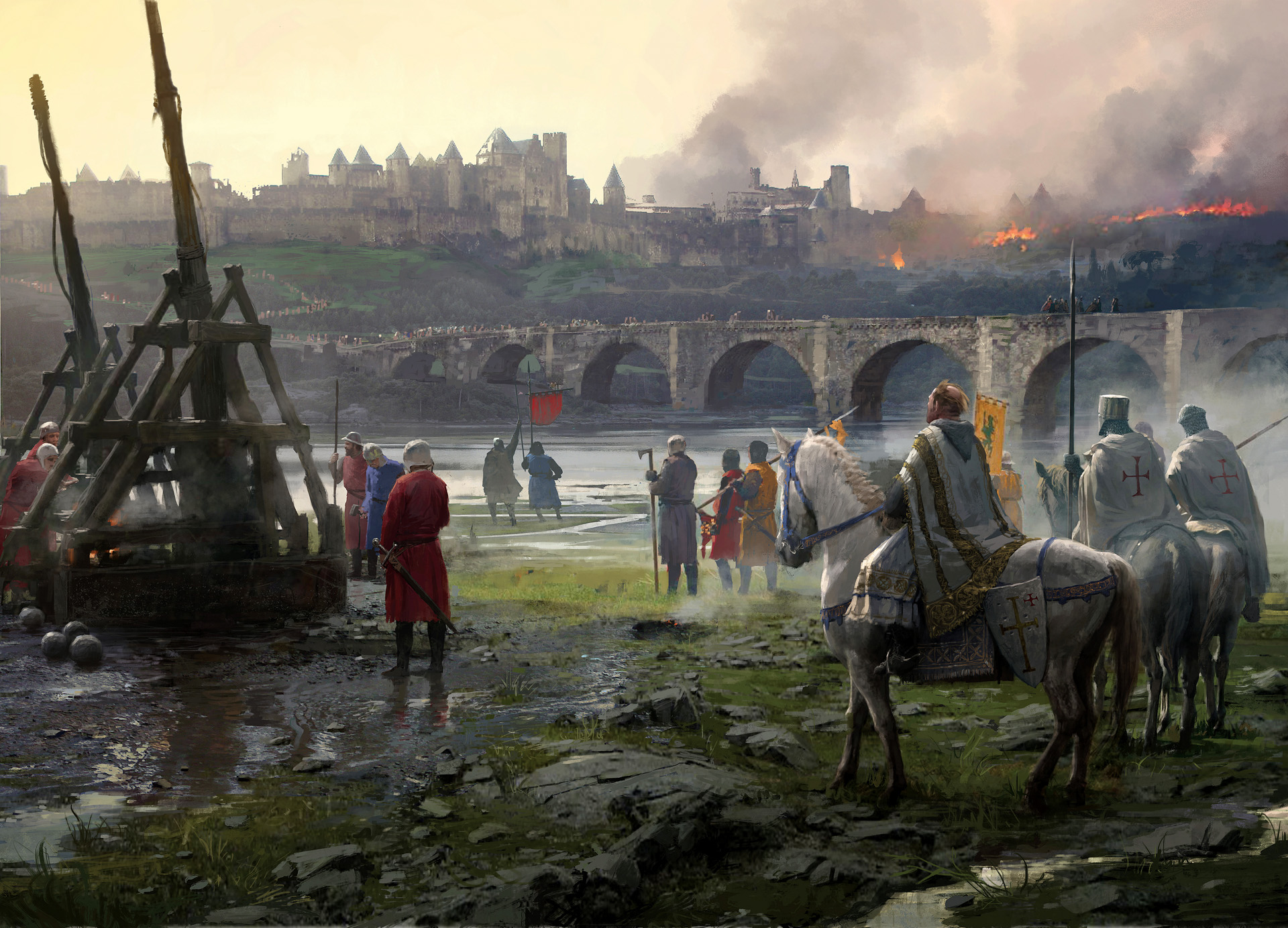
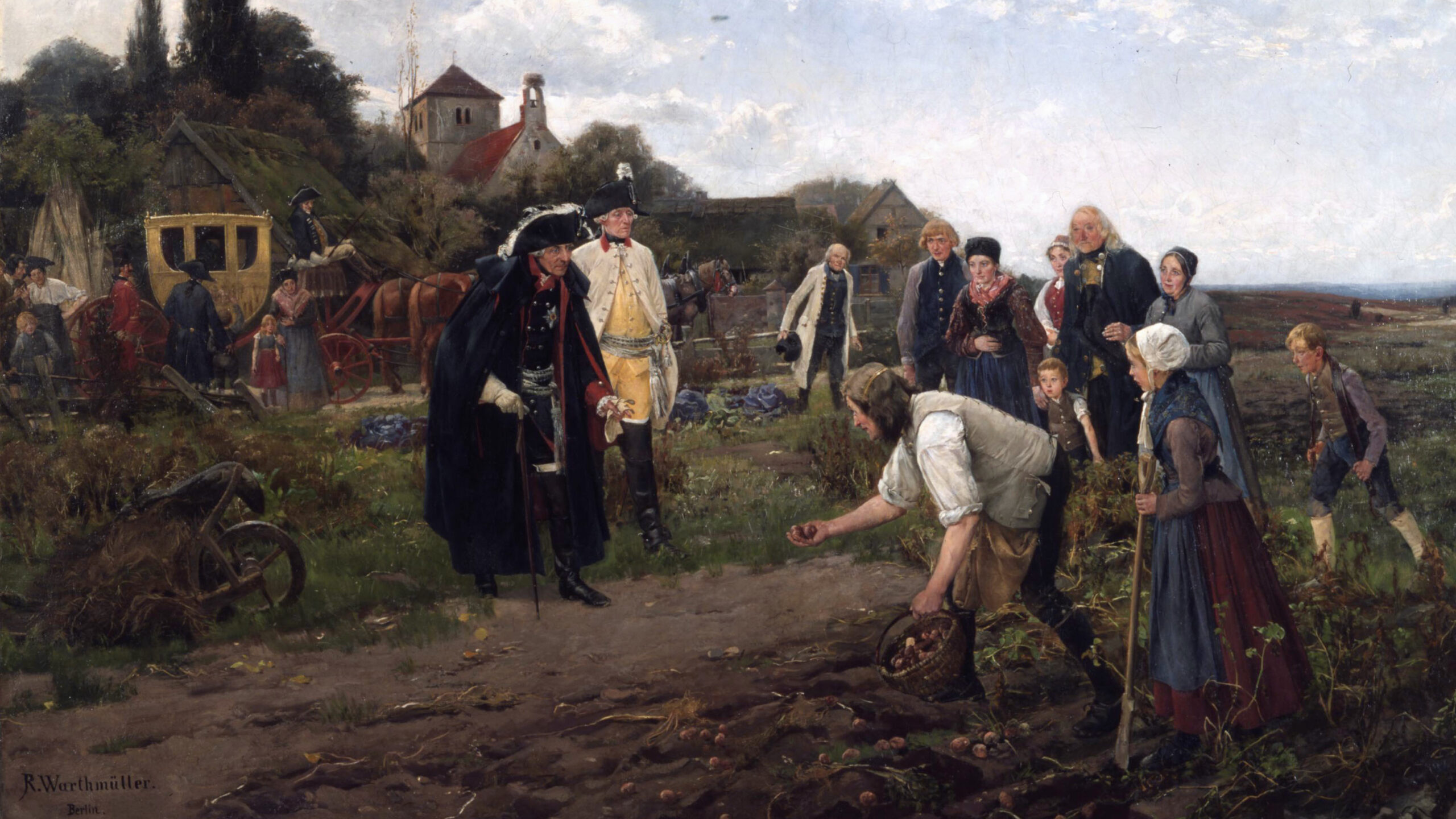
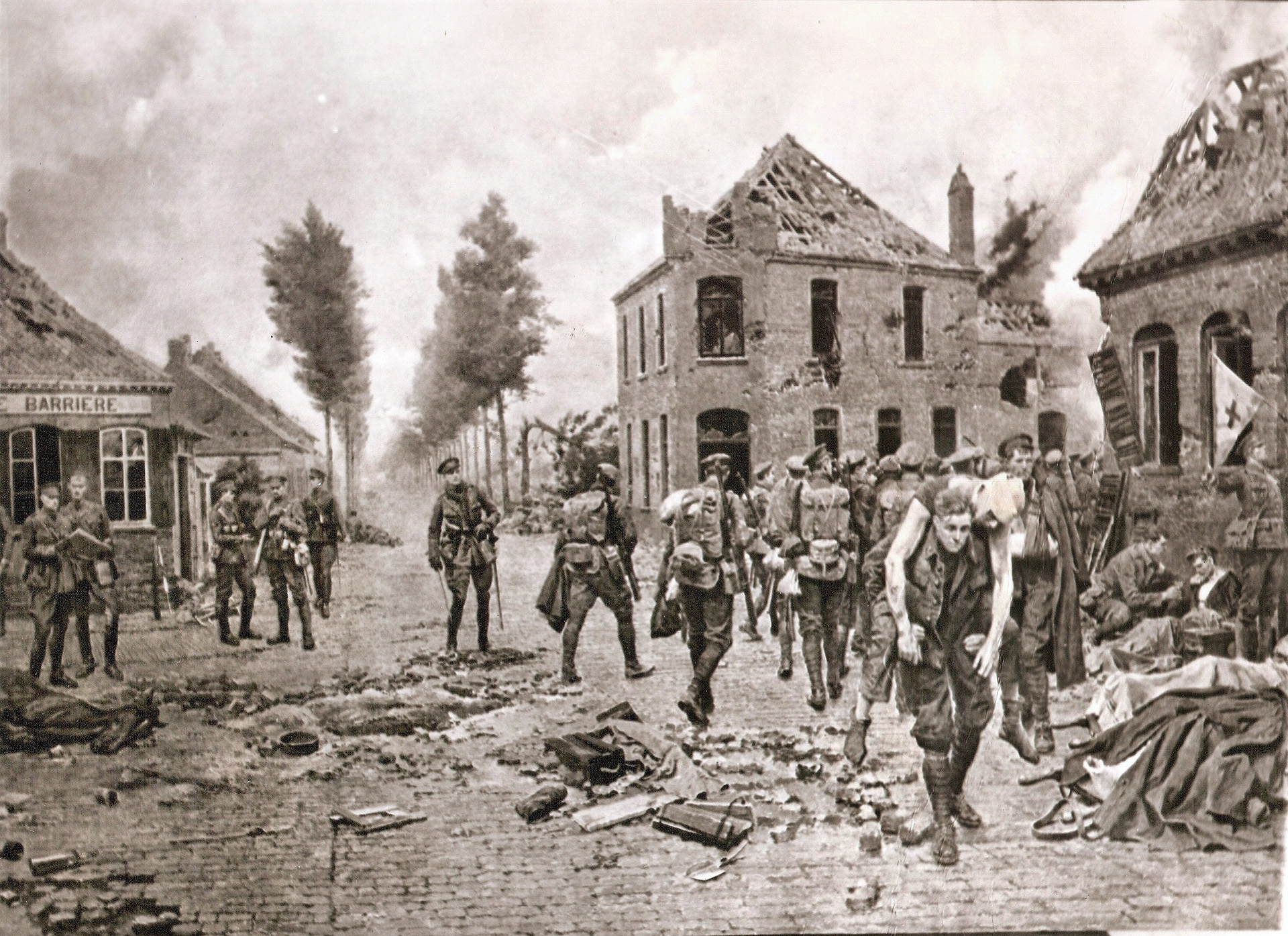
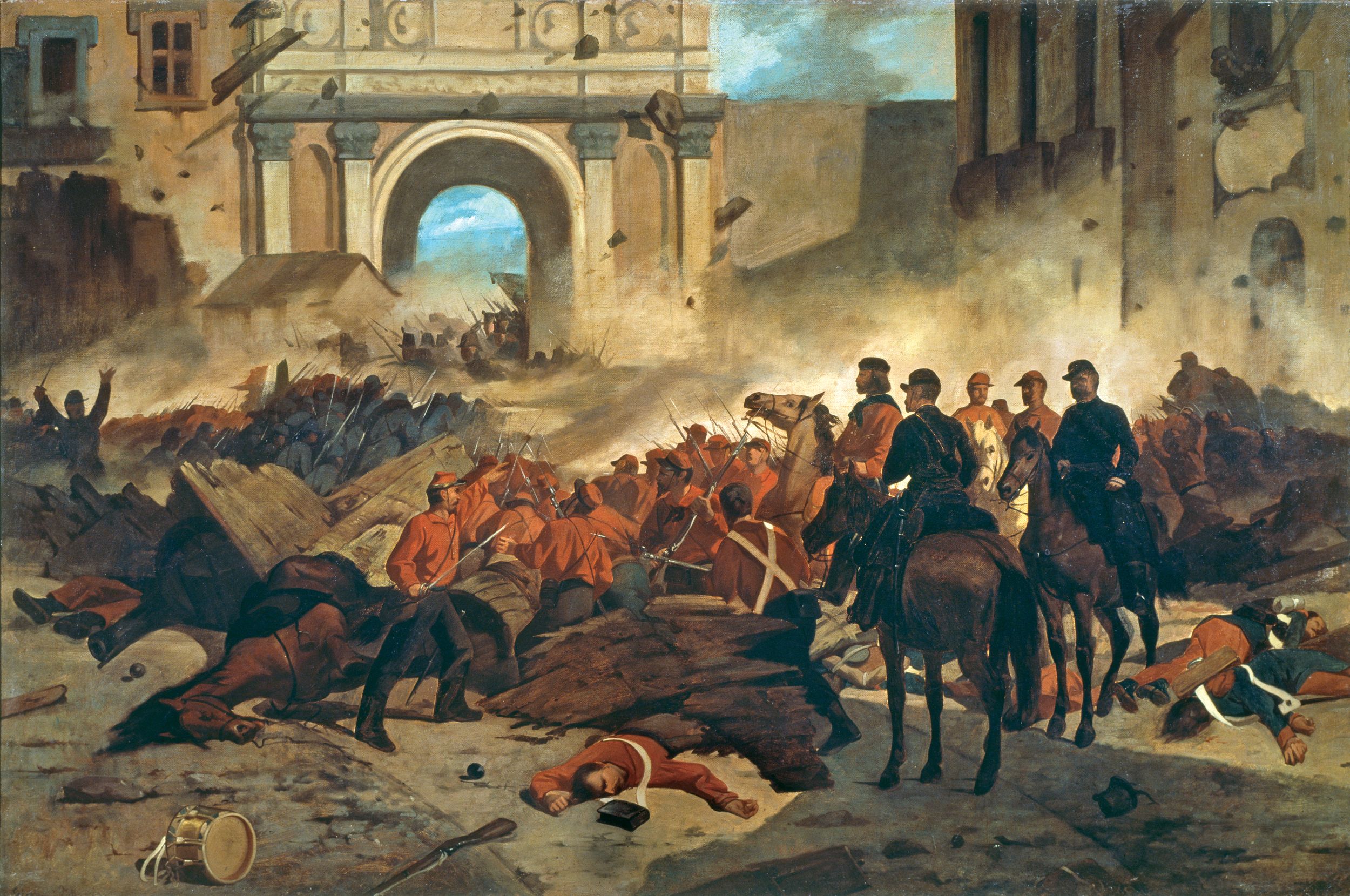
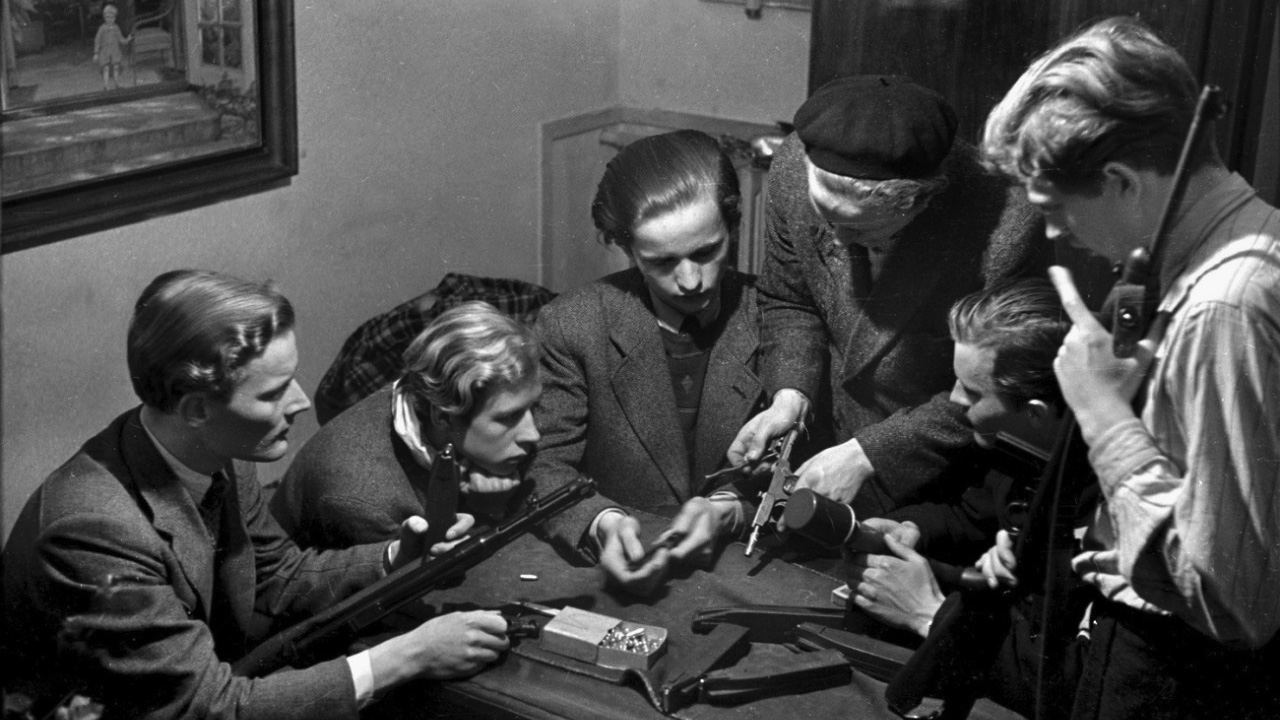
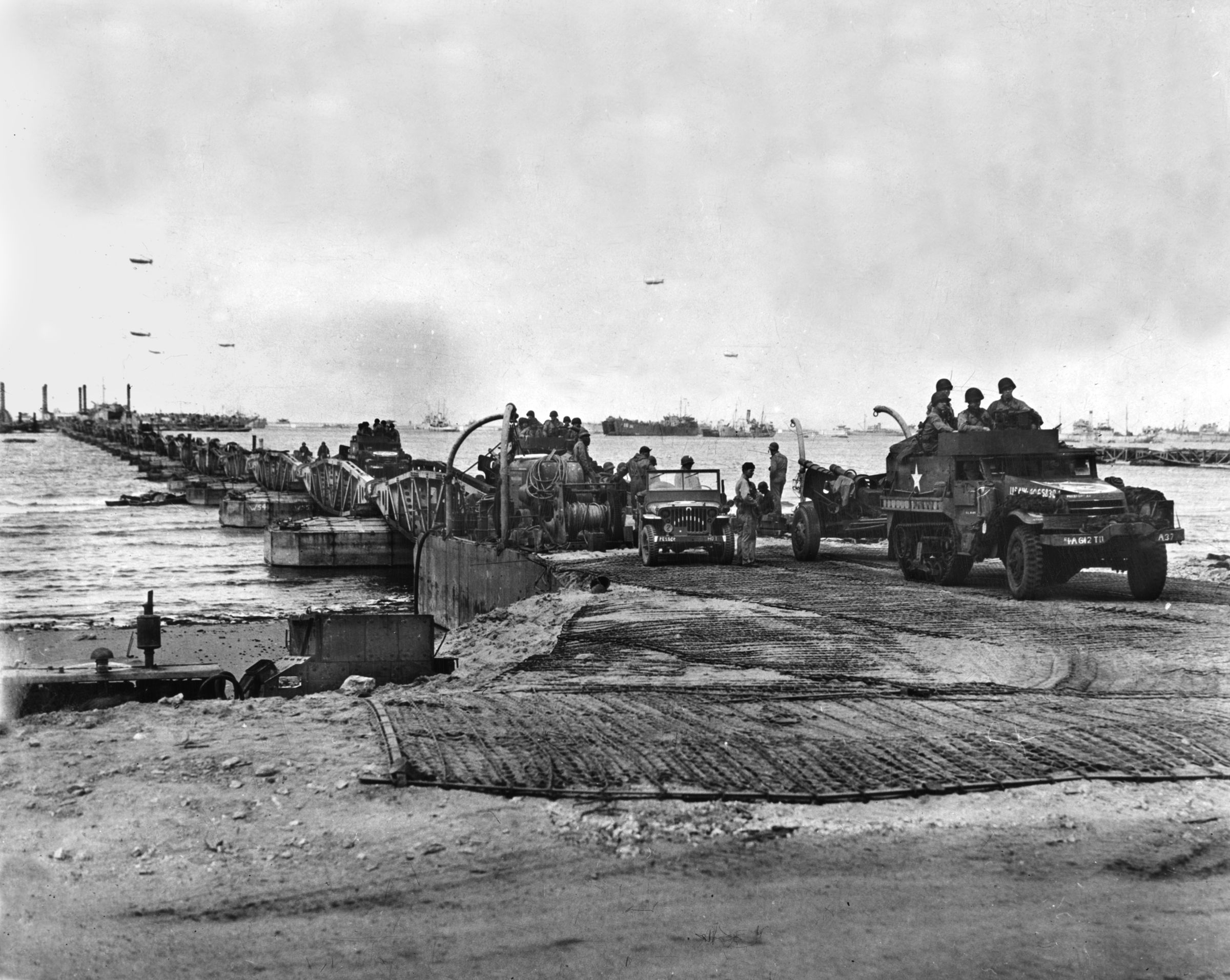

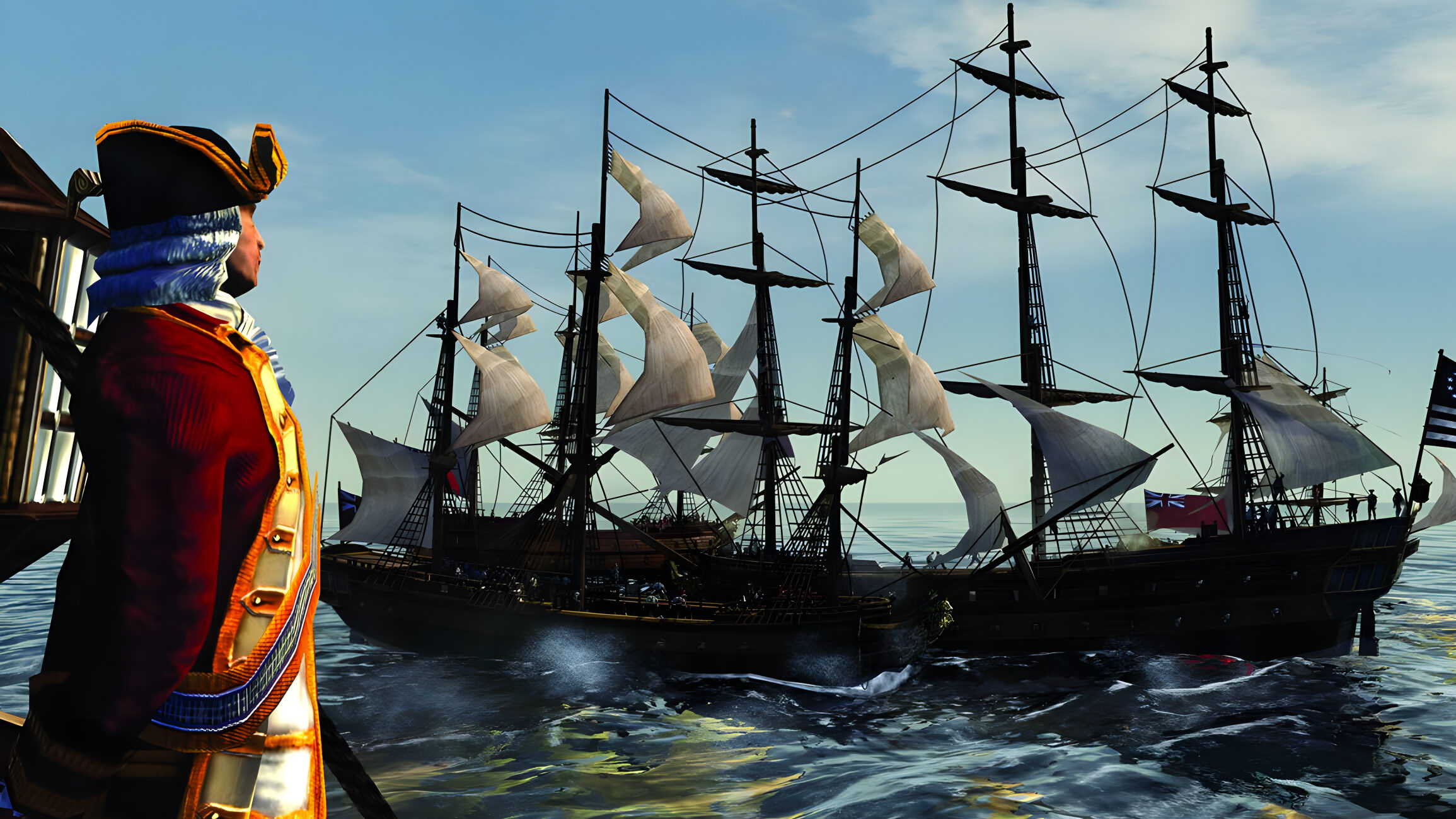
Join The Conversation
Comments